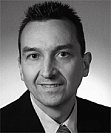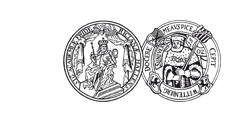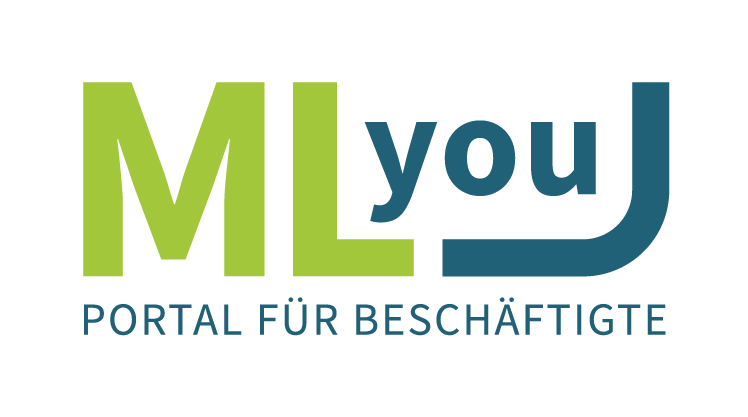Prof. Dr. Peter Grathwohl

Prof. Dr. Peter Grathwohl
University of Tübingen – Institute for Geosciences
Coordinator of the EU-Project GRACOS (Groundwater Risk Assessment at Contaminated Sites)
Homepage
peter.grathwohl@uni-tuebingen.de
Research Focus
Main research interests focus on the fate of organic contaminants in the environment including sorption mechanisms, sorption/desorption kinetics, diffusion limited mass transfer in the water-saturated and unsaturated zone, as well as in the development of innovative subsurface remediation technologies (e.g. permeable reactive walls, surfactant flushing), deposition monitoring of atmospheric pollutants in soils, risk assessment at contaminated sites including the development of soil leaching tests.
Selected Publications
Kleineidam, S., Rügner, H., Grathwohl, P. (2004): Desorption kinetics of phenanthrene in aquifer material lacks hysteresis.- Environ. Sci. Technol., 38, 4169 - 4175
Bold, S., Kraft, S., Liedl, R., Grathwohl, P. (2003): Sorption / Desorption Kinetics of Contaminants on Mobile Particles: Modeling and Experimental Evidence.- Water Resources Research 39(12), 1329
Martin, H., Patterson, B.M., Davis, G.B., Grathwohl, P. (2003): Comparative Field Trial of Time-Integrated Aqueous Contaminant Monitoring with Ceramic Dosimeters and Conventional Water Sampling.- Environ. Sci. Technol., 37 (7), 1360 - 1364
Grathwohl, P.; Halm, D ., eds. (2003): Guidelines for groundwater risk assessment.- Campus Druck, Tübingen. 66 S.
Grathwohl, P. (1998): Diffusion in Natural Porous Media: Contaminant Transport, Sorption/Desorption and Dissolution Kinetics.- Kluwer Academic Publishers, Boston, 224 p. (ISBN 0-7923-8102-5)
Special Offer
• Collaboration and consulting in groundwater risk assessment and remediation Techniques
• International Masters Course in Applied Environmental Geoscience at the University of Tübingen
• PhD Studentship in Applied Environmental Economics
Congress-Abstract
土壌および地下水汚染のリスク評価とその修復
高度に産業化された国々には、地下の汚染という遺物が存在しており、その原因は、製造業(鋼、化学、自動車、エレクトロニクス)、石油の産出と配分(精製所、パイプライン、地下貯蔵タンク、ガソリン・スタンド)、ごみの埋めたて(一般廃棄物および有害廃棄物)、採鉱、電力生産のみならず、家庭暖房や交通、中小企業(作業場、自動車修理工場、ドライクリーニング店など)から拡散された都市空間の汚染である。しかしながら、このような環境上影響のあるすべての土壌を修復することは、ほとんどの国々にとって経済的に実現可能ではない。したがって、リスク評価の手続きは、汚染された土壌を評価するのに必要なものであり、それはすでに適応されている。そして、経済的最適技術は、土壌修復のために欠かせないものである。リスク評価には、大気、土壌および地下水汚染の時間的空間的に統合されたモニタリングが含まれる。自然分解が行われる土壌や地下水の環境浄化には、受動的修復技術が有用である。
Risk Assessment and Remediation of Soil and Groundwater Pollution
Heavily industrialized countries have a legacy of subsurface contamination caused by former manufacturing industries (steel, chemistry, automobile, electronics), fuel production and distribution (refineries, pipelines, underground-storage-tanks, gasoline stations), landfills (domestic and hazardous waste), mining, power production but also by diffuse pollution of especially the urban space by household heating, traffic and small enterprises (workshops, car repair, dry cleaners, etc...). Remediation of all these sites regardless of their environmental impact is economically not feasible for most countries. Therefore, risk assessment procedures are needed to rank these sites and adapted, economically optimized techniques are required for their remediation. Risk assessment includes time and spatially integrated monitoring of pollution of air, soil and groundwater. For clean-up, passive remediation techniques are available for soil and groundwater such as reactive walls and natural attenuation.



